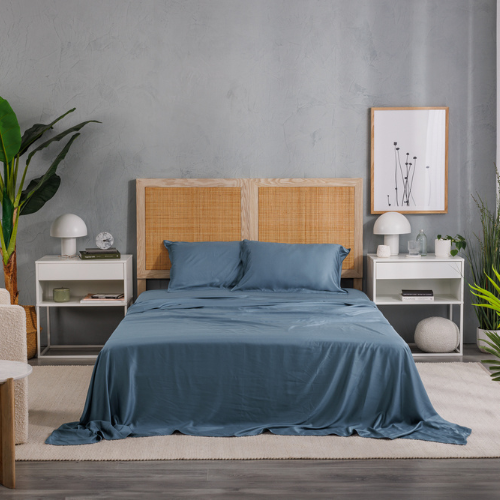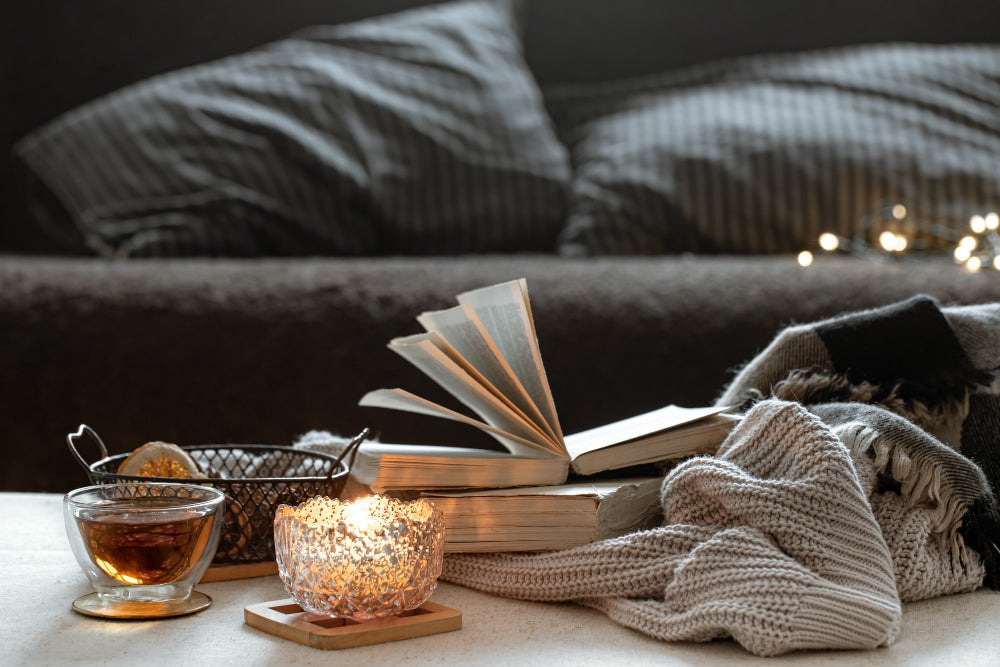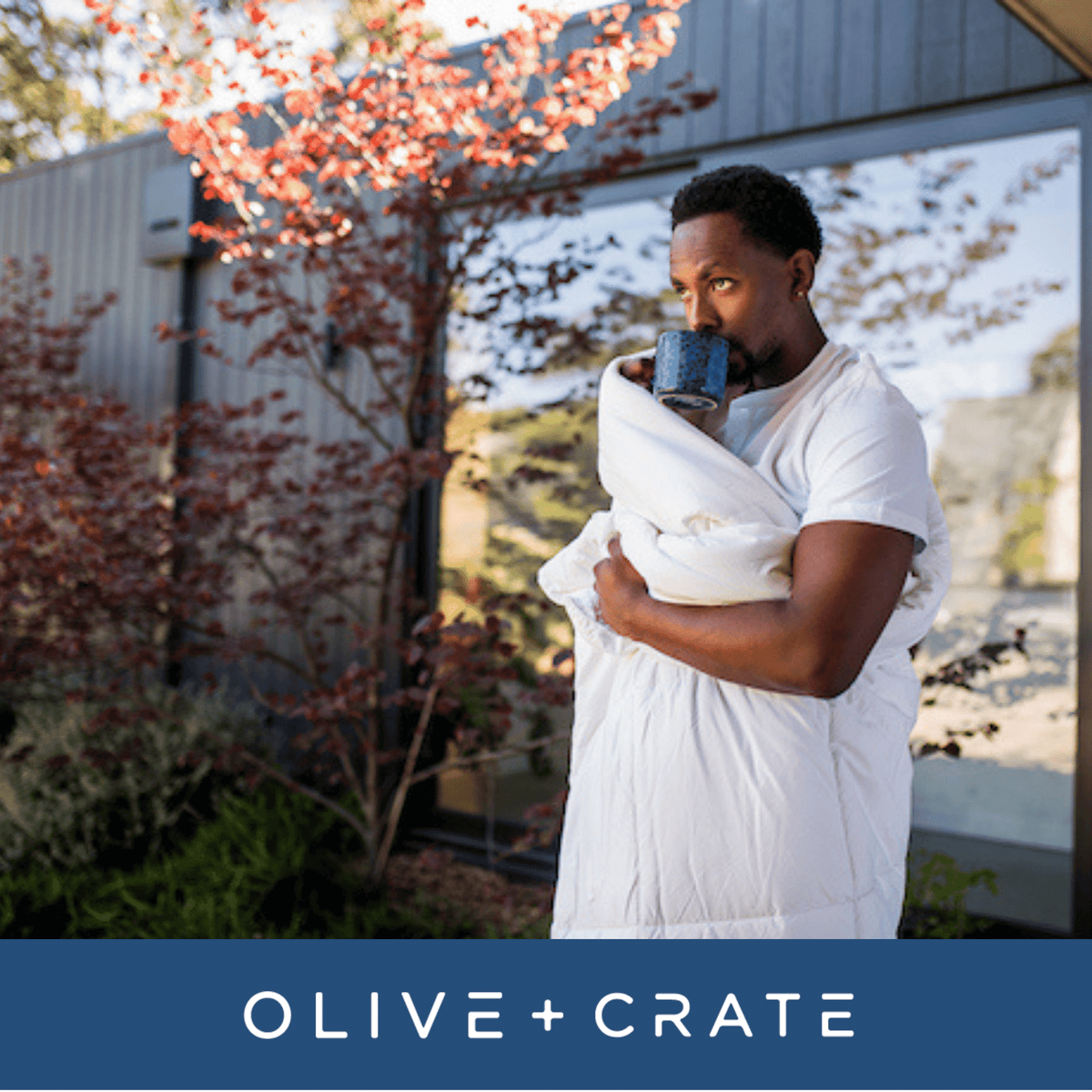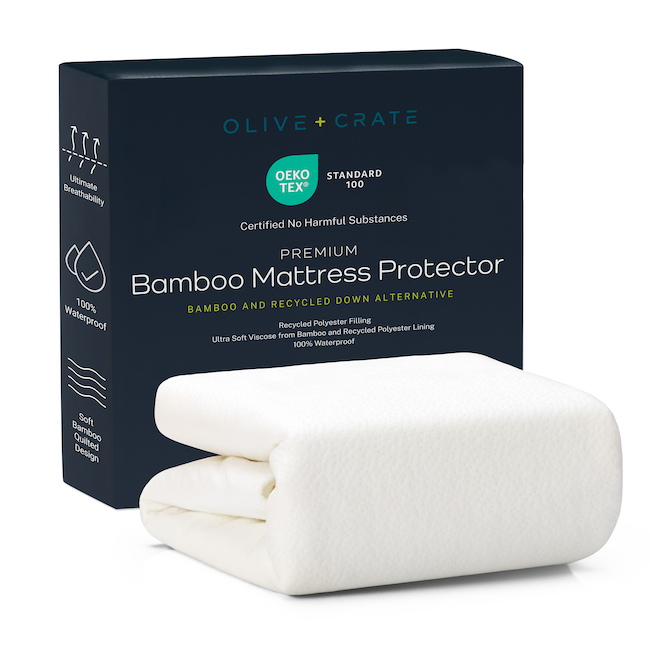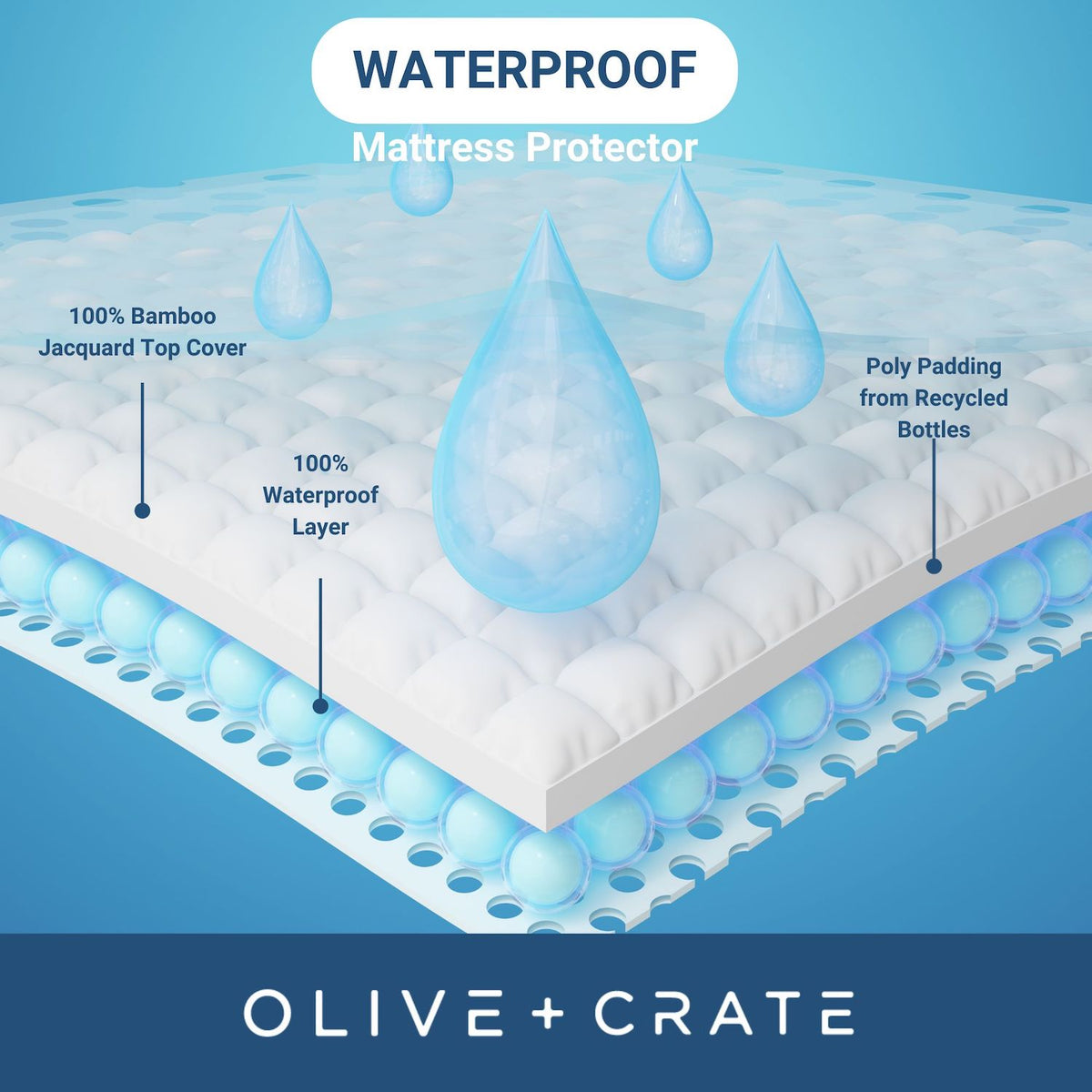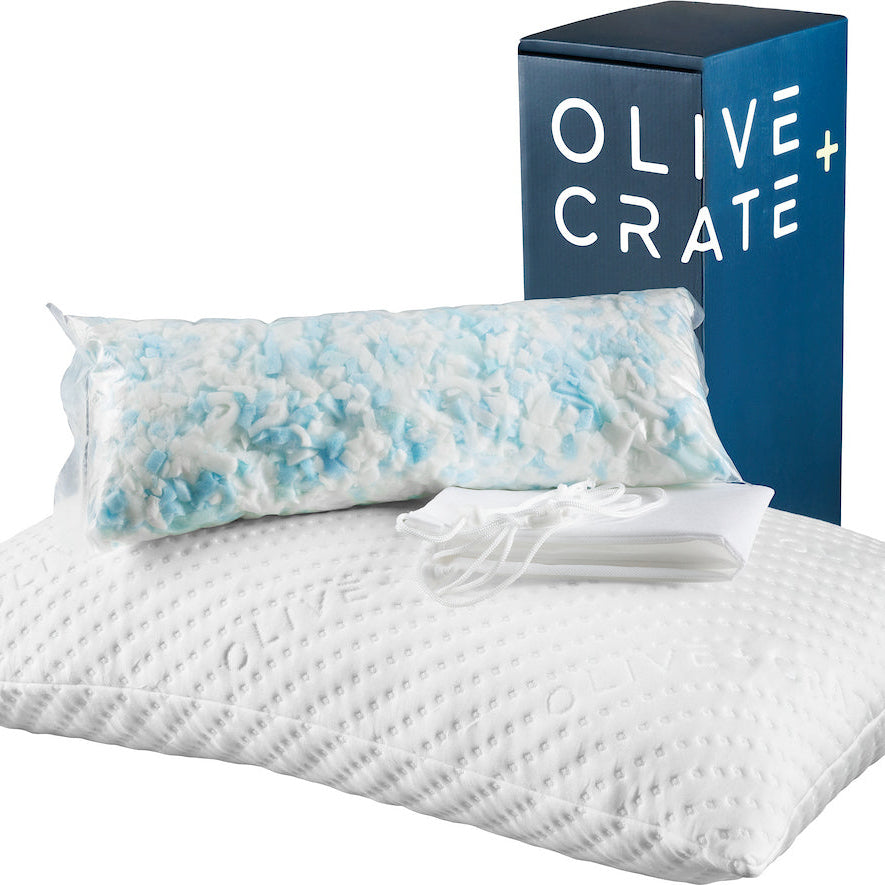Your pillowcase does more than just cradle your head. Every night, it quietly supports (or sabotages) your skin’s health. If you’ve ever woken up with creases, dryness, or breakouts that seem to appear out of nowhere, your bedding might be playing a bigger role than you think.
From classic silk to new-generation eucalyptus fibers, the best pillowcases for skin are those that work with your body’s natural rhythms and not against them.
Why Your Pillowcase Matters More Than You Think
Skin never sleeps. While you rest, it repairs, renews, and rebalances. But if your pillowcase traps oil, bacteria, or friction, it can interrupt that process.
The ideal fabric should:
-
Minimize friction so skin glides smoothly without creasing or irritation.
-
Balance moisture without drying or overheating.
-
Stay clean longer, resisting bacteria and residue buildup.
-
Support sensitive or acne-prone skin through hypoallergenic, breathable fibers.
How your face interacts with your bedding is deeply connected to long-term skin wellness.
This relationship between your face and your pillowslip can even influence the appearance of fine lines, breakouts, and sensitivity over time.
The Classics: Silk and Satin
Silk pillowcases are often called “beauty sleep essentials” for a reason. Their smooth, frictionless surface prevents tugging on delicate facial skin, helping minimize sleep creases and hair breakage.
Pure silk is naturally temperature-regulating and non-absorbent which is a win for dry or mature skin types.
Satin pillowcases, on the other hand, can mimic silk’s softness at a lower cost, but they’re often made from synthetics. While still smooth, they may trap heat or moisture, making them less ideal for oily or acne-prone skin.
Best for: dry skin, mature skin, fine lines, and frizz-prone hair.
The Familiar Favorite: Cotton
Cotton is breathable, accessible, and durable but it’s also highly absorbent. That means it can pull moisture (and skincare products) from your face overnight. For those prone to dryness or irritation, cotton can leave skin feeling tight or dehydrated by morning.
Still, high-quality, long-staple cotton blends can be a comfortable choice for those who prefer a crisp, natural feel.
Best for: combination or balanced skin, those who prefer a classic, breathable texture.
The Modern Solution: TENCEL™ Eucalyptus Pillowcases
Enter TENCEL™ eucalyptus fiber, the new standard in skin-friendly bedding. Crafted from sustainably sourced eucalyptus wood, TENCEL™ offers a luxuriously soft feel that’s gentle on the skin and kind to the planet.
Unlike cotton, it’s naturally moisture-balancing which keeps your skin hydrated, not greasy. It’s also hypoallergenic and resistant to bacteria buildup, making it especially soothing for acne-prone or reactive skin.
Best for: sensitive, acne-prone, or easily irritated skin; hot sleepers; anyone seeking a cooler, more breathable night’s rest.
Your Skin, Season by Season
Each season brings new conditions—and new challenges—for your skin. The key is choosing fabrics that adapt with the weather.
Spring: Rebalance & Refresh
Humidity begins to rise, and skin transitions out of winter dryness. Lightweight, breathable fabrics like TENCEL™ or cotton help regulate oil and moisture as temperatures climb.
Summer: Keep Cool & Clean
Warm nights can lead to sweat, oil buildup, and breakouts. Opt for TENCEL™ eucalyptus or satin to keep skin cool and prevent bacterial growth. These fabrics wick moisture while maintaining a smooth, gentle surface.
Autumn: Maintain Balance
As air dries, silk and TENCEL™ shine by helping your skin retain hydration while avoiding friction-induced irritation. It’s the perfect time to shift from crisp cotton to something softer.
Winter: Lock in Moisture
Cold, dry air can strip your skin’s barrier. Silk offers luxurious hydration retention, while TENCEL™ provides softness and warmth without heaviness. These options keep your skin calm and nourished all season long.
Quick Guide: Finding the Right Pillowcase for Your Skin
Different skin concerns call for different fabric properties. Here’s a guide to help match your unique needs with the right material:

TENCEL™ stands out for being adaptive and breathable like cotton, smooth like silk, and gentle enough for sensitive complexions. It’s also more sustainable, using significantly less water than traditional fabrics.
Bonus Tip: The Pillow Underneath Matters Too
Your pillowcase performs best when it rests on the right foundation. A supportive, breathable pillow helps maintain airflow, ease pressure, and keep your skin cool through the night.
Layering also plays a quiet but important role. Knowing the difference between a pillowcase and a pillow sham helps you create a setup that feels light, balanced, and inviting.
And beneath it all, the right level of support matters. An adjustable pillow for better sleep helps your skin breathe freely while keeping your posture aligned for deeper rest.
Caring for Your Pillowcase (and Skin)
No matter the season, cleanliness is key:
-
Wash every 5–7 nights in summer, 7–10 in cooler months.
-
Use gentle, fragrance-free detergent.
-
Avoid fabric softeners—they coat fibers and reduce breathability.
-
Air dry or tumble low to preserve texture.
A Simple Ritual for Better Skin
Your pillowcase is a quiet but powerful part of your skincare routine. Choosing the right fabric is a small act of care that pays off every night through calmer skin, deeper rest, and a more balanced morning glow.
Whether you fall for the timeless smoothness of silk or the sustainable softness of TENCEL™, the goal is the same: comfort that supports your skin from dusk till dawn.


